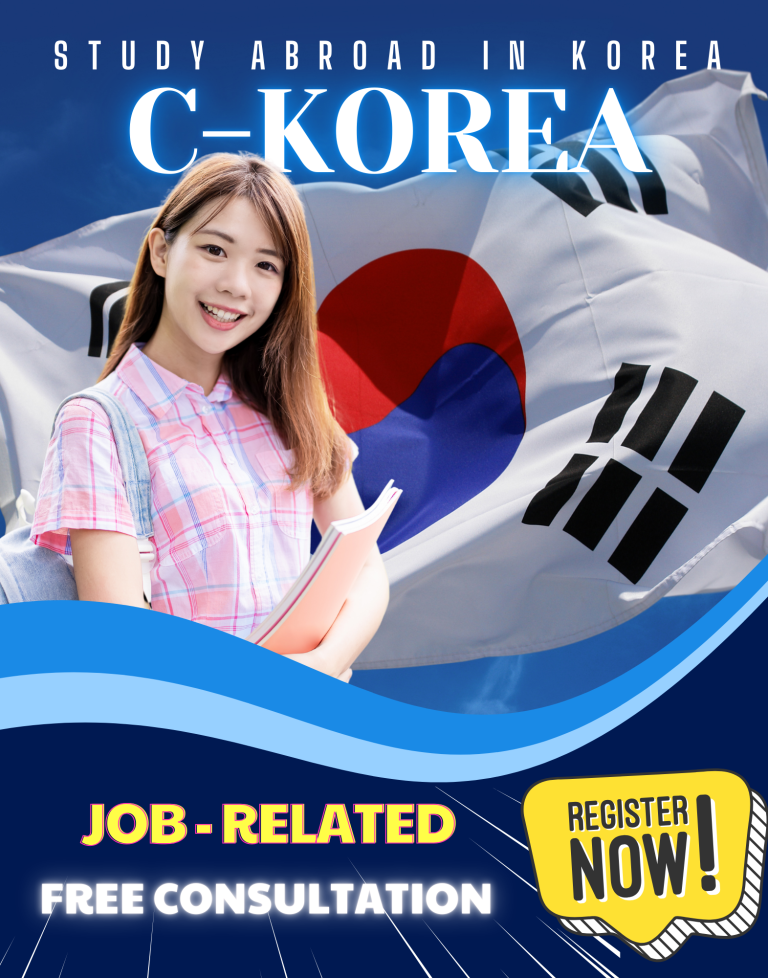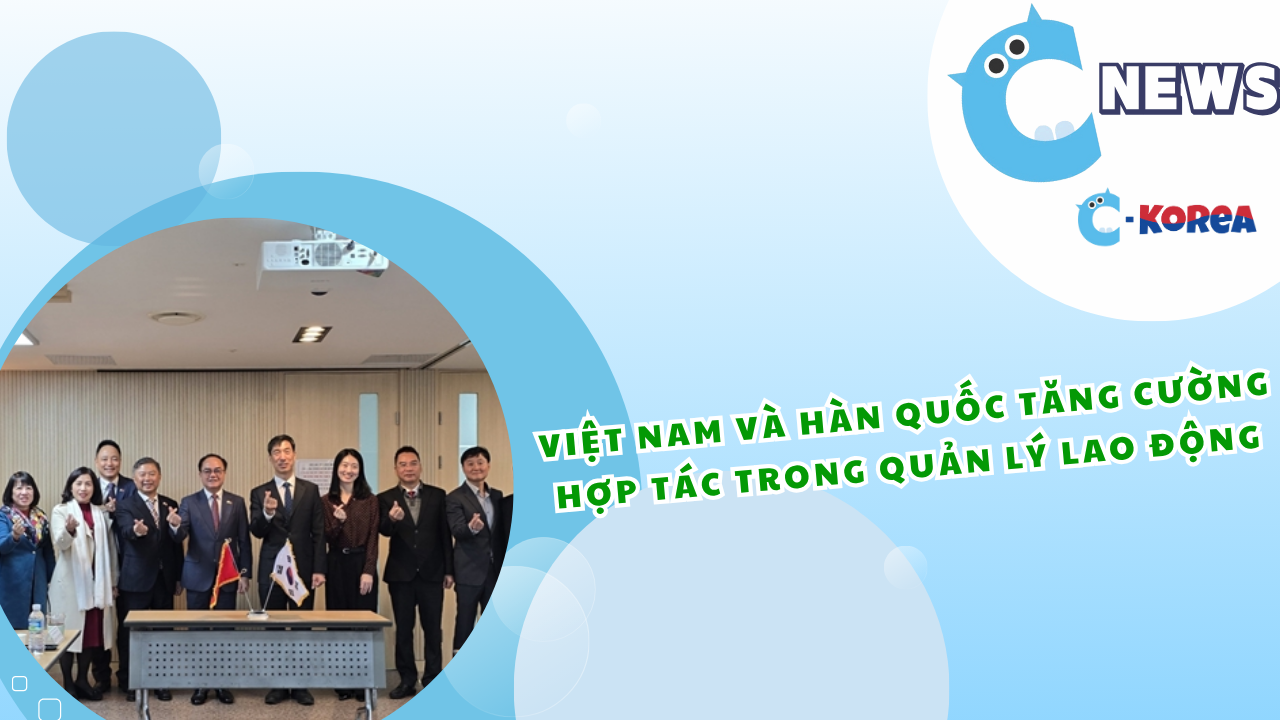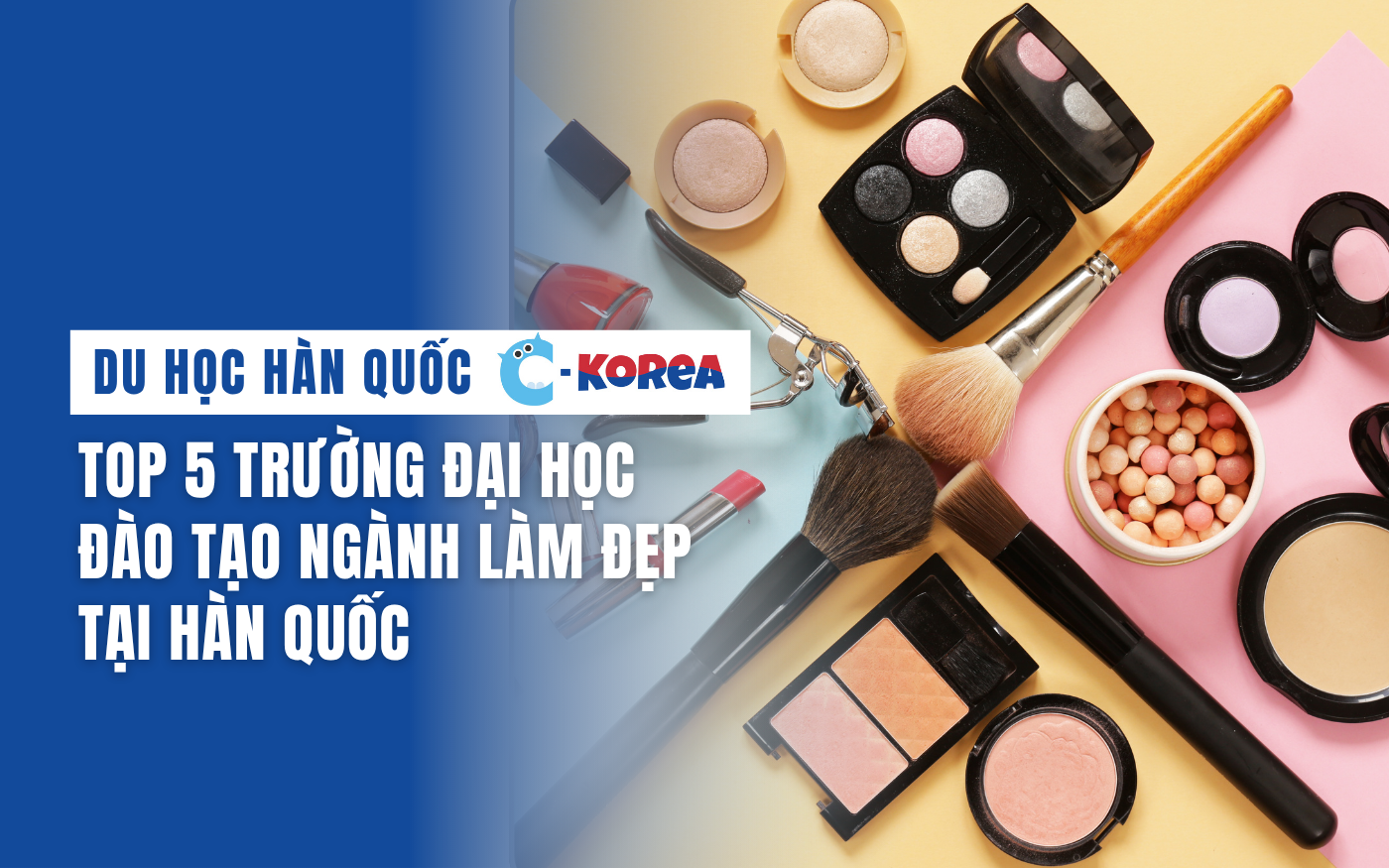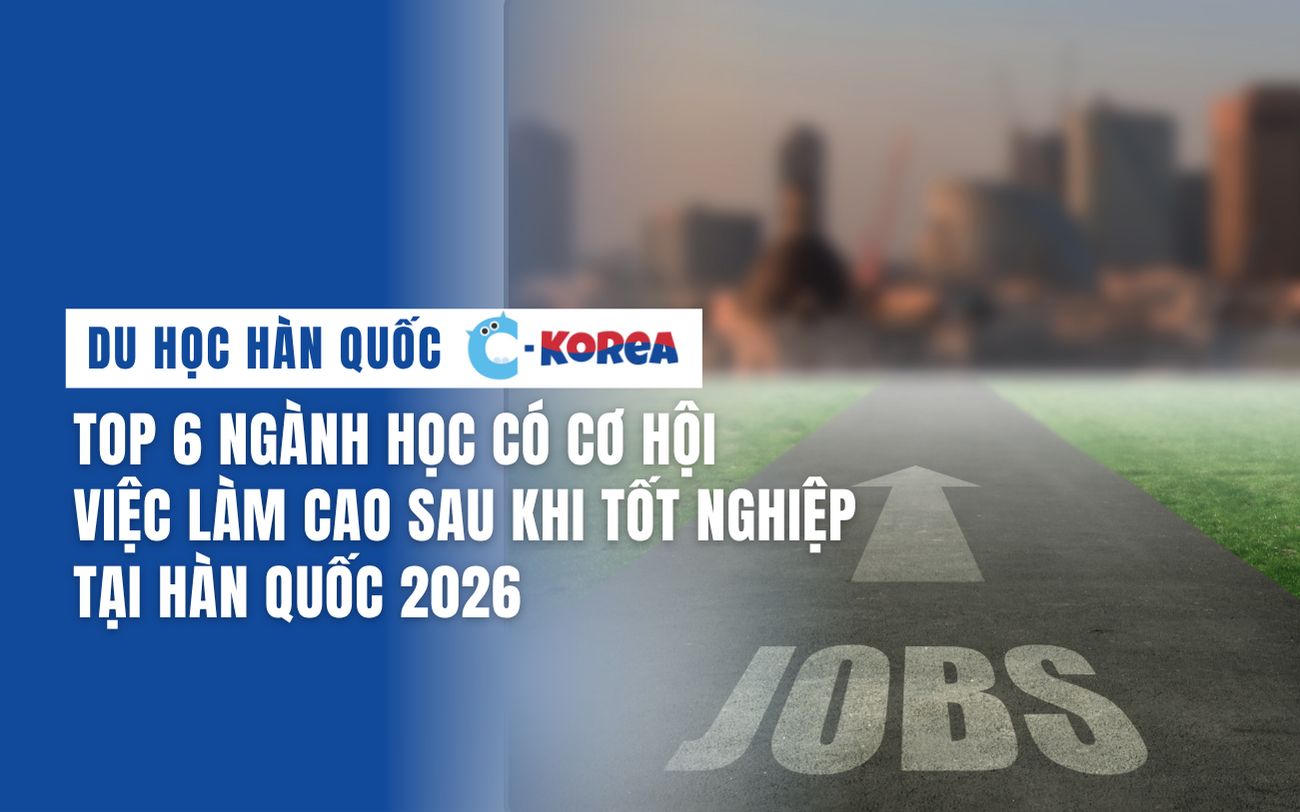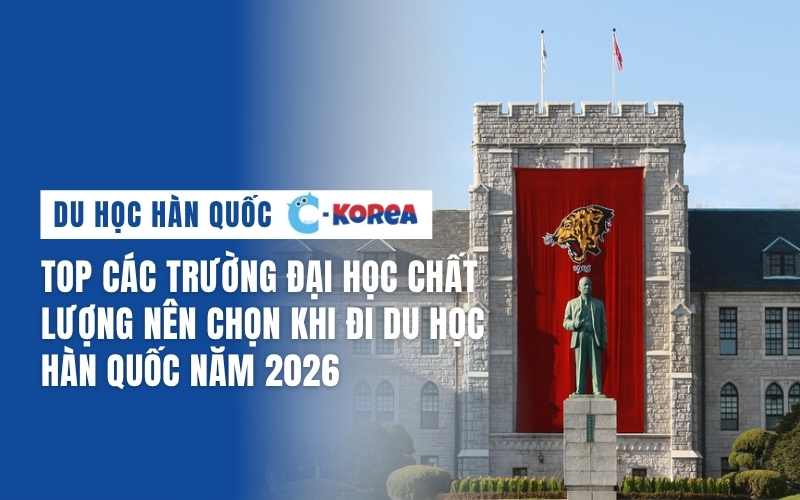The South Korean Ministry of Education plans to reform the quality assessment system for international students at domestic universities to better manage and improve the quality of education for international students.

The Top School Assessment currently being implemented to manage the quality of international students at domestic universities in Korea is expected to be reorganized. The purpose of introducing this improved method is to help reduce the pressure on universities.
According to the old assessment formula:
Illegal residence rate of international students / Freshmen to ‘based on students enrolled in 1 year = N%
N% < 1% Top 1 elite school
1% > N% < 10% Top 2 certified school
N% > 10% Top 3 visa-restricted school
However, according to information from the Korean Ministry of Education, it is expected that starting from the 4th term (2025 – 2028), the reform content will change the previous method of calculating the illegal residence rate.
Illegal residence rate of international students / Ratio of TOTAL number of students studying at the school = N%
This draft also includes a plan to evaluate comprehensive universities and junior colleges separately. In order to meet the market demand for skilled workers from Korean corporations and students who want to have stable jobs in Korea after graduation, the Ministry of Education is expected to have a more objective evaluation of these junior colleges.
The listed sections will have innovations such as: Evaluation of study support plans, industry-academic cooperation efforts to cultivate necessary talents in the region, and indicators such as ‘tuition burden rate and dropout rate’ for foreign students will also decrease from 80% to 70%, from below 6~8% to below 7~9%. This means that there will also be more scholarships for international students.
Separate assessment for universities and colleges To better reflect the characteristics of each type of school, colleges will be assessed according to separate criteria, including learning support indicators and cooperation with industry.
Strict management of international students:
- For the management of international students, schools will be required to ensure that at least 50% of the study hours are face-to-face classes.
- For language students (over one year) achieving TOPIK level 2.
Strict handling of violations:
Schools with serious violations may be banned from issuing visas to international students for up to 3 years.
Supporting students to integrate and work locally:
The assessment indicators will include activities of ‘supporting employment for international students at local companies’ to create a workforce that meets local needs.
Diversifying Language Proficiency Requirements
Schools will have more options in requiring new students to demonstrate their language proficiency. The current standard of 30% of new students meeting language requirements will be increased to 40%.
The number of international students in Korea has been steadily increasing, with 181,842 students last year, up 14,950 from the previous year. China is the country with the most students, followed by Vietnam, Uzbekistan, Mongolia and Japan.
Deputy Prime Minister Lee Ju-ho, representing the Ministry of Education, said the reform aims to attract international talent, improve the quality of education and facilitate international students’ better integration into Korea. The reform is expected to take effect next year after being approved at public seminars.
This article is for reference only. Follow c-korea.vn to update more new information from Korea.
Source: news.mt.co.kr / Yoo Hyo-song
For more information about studying and working in Korea , please contact :
C-KOREA CULTURE AND STUDY ABROAD CONSULTING CO ., LTD.
- Address : 5th Floor , 94-96 Nguyen Van Thuong , Ward 25 , Binh Thanh District , Ho Chi Minh City
- Hotline: +84 28 7308 4247
- Facebook: https://www.facebook.com/profile.php?id=61565051012830
- Tiktok: https://www.tiktok.com/@duhoc_ckorea
- Youtube: https://www.youtube.com/channel/UCQspuqhQlf4IRFCDzN4ce2A





